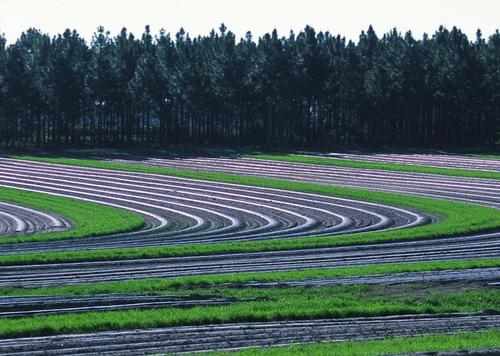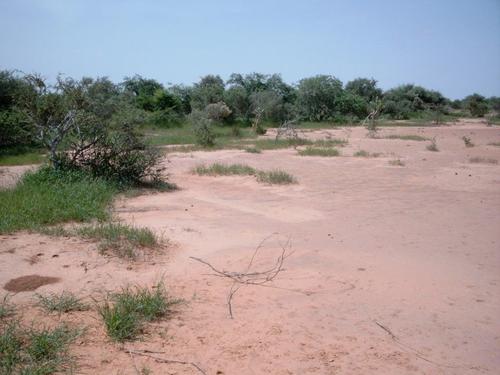Permanent vegetative barriers and strips
Permanent vegetative barriers and strips: are made of grasses, shrubs or trees (often combined) to reduce soil loss and increase infiltration. It is a technology without structural measures that can be applied on gentle slopes as well as on steep slopes. The width of grass strips ranges from 0.5 to 1.5 m. On steep slopes the width ranges from 2 to 4 m. Trees and shrub strips a generally wider up to 5-10 m. Since vegetative strips are usually laid along the contours, the distance between them is dictated by the slope of the land. On gentle sloping land, the strips are spaced at 20-30 m, while on steep land the spacing may be 10-15 m. This practice works well in small-scale as well as in large-scale systems. Vegetative strips can also provide firewood and fodder for livestock if palatable varieties of grass or densely spaced bushes are used (cut and carry). They are the least costly or labour demanding type of cross-slope barriers. They are a popular and easy way to ultimately “terrace” land, especially in sub-humid areas, as over time soil eroded upslope is trapped by the vegetation.
“Tiger bush” (brousse tigrée) is a naturally occurring variation of vegetative strips that harvest water. It consists of alternating bands of trees or shrubs, separated by bare ground or low herb cover, that run roughly parallel to contour lines of equal elevation. They occur on low slopes in arid and semi-arid regions, such as in Australia, Sahelian West Africa, and North America. In drylands single trees and shrubs with grass cover under the canopy also form natural barriers and WH systems. They collect water from bare soil upslope of the trees and bushes. On the bare soil (between the trees) 80 – 90% of the rains end up as runoff. The trees and grasses collect the runoff and accumulate it in the soil and thus profit from the bare areas around them.
(Mekdaschi & Liniger 2013)



